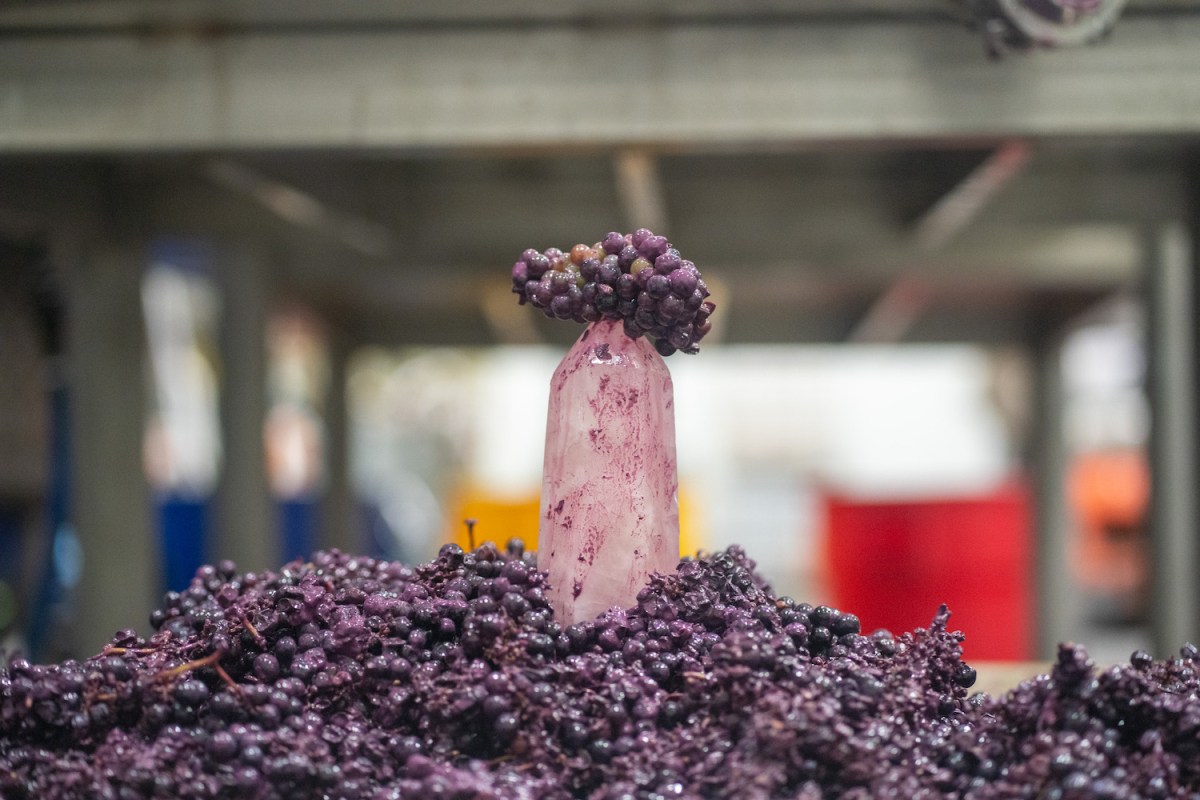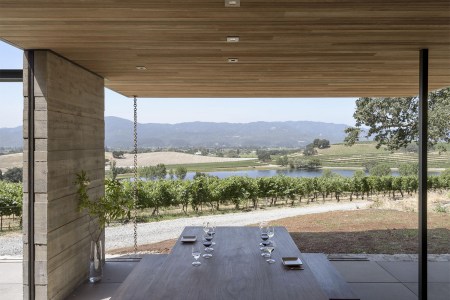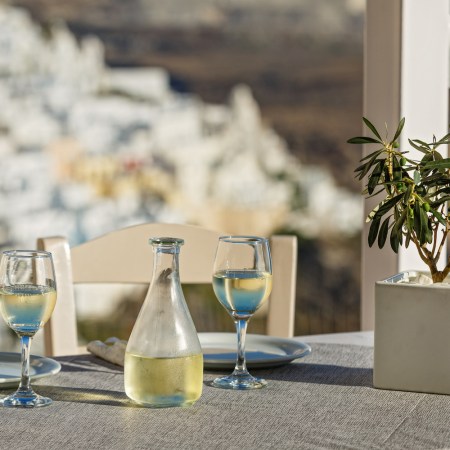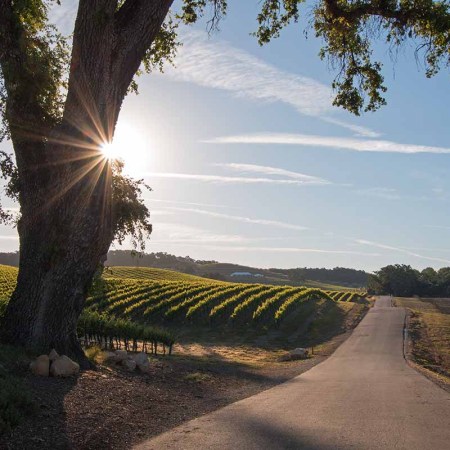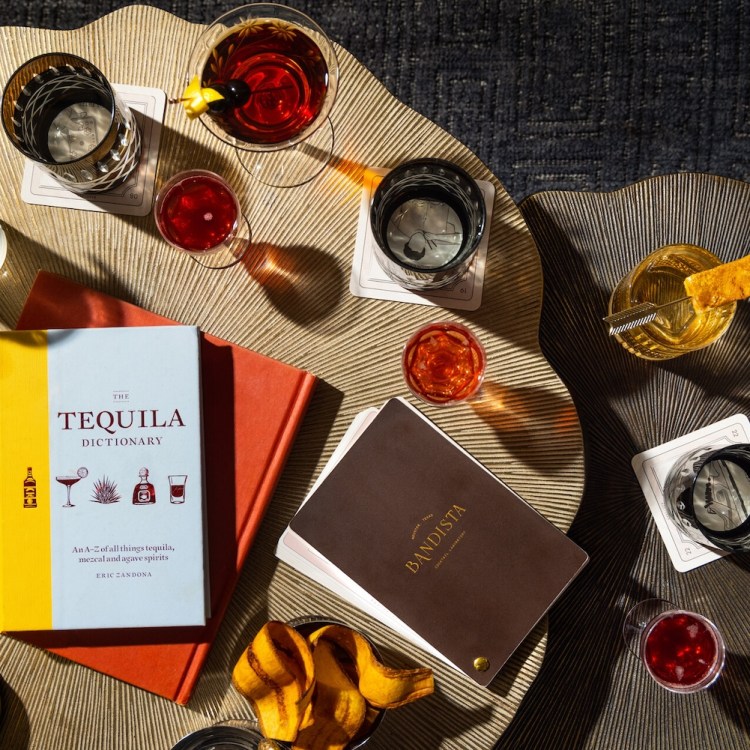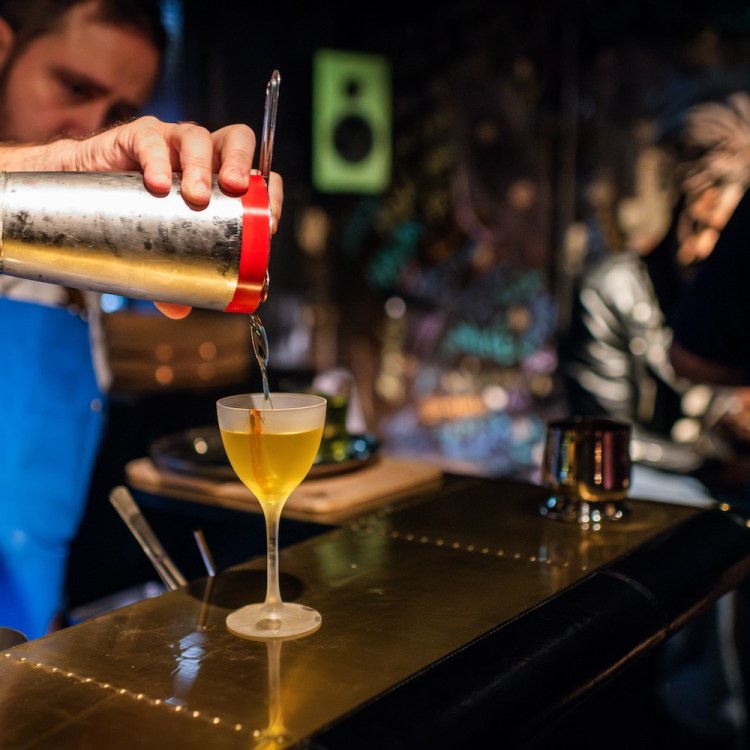The wine industry is full of marketing gimmicks. During the last decade, we’ve seen bottles that have been aged underwater, red wines aged in bourbon barrels and even a Grey Poupon white wine made with mustard seeds. They emerge with catchy announcements and then gradually fade away, as all fads do.
Last year, a new approach to winemaking made headlines: crystal fermentation. At first, I wasn’t sure what to make of the idea. While I own a small collection of polished rocks that are pretty to look at, I don’t fully believe in their healing properties, and I can’t say I’ve ever felt their energies while holding them. But after getting a taste of a California wine that was produced near charged quartz crystals — and really enjoying it — I didn’t exactly know what my stance was anymore.
Adding objects like gems and crystals to wine during the fermentation process might sound like a modern innovation, but it dates back to ancient times, when Egyptians, Greeks and Romans are believed to have sometimes added them into goblets of wine prior to consumption. The recent use of crystals in wine, however, can be traced back to one man: California natural winemaker Jason Ruppert.
When Ruppert launched his Ardure Wines label in 2018, for which he uses crystals during the winemaking process, he was met with similar confusion. “You kind of end up like this [outcast],” Ruppert says, who’s worked alongside notable winemakers at Littorai Wines, Matthiasson Wines and Pax Wines. “People don’t know what to say about it.”
How Quintessa Is Using Architecture to Make Better Wine
When “fighting nature” doesn’t work, concrete fermentation tanks come nextPart of the idea behind introducing quartz crystals during fermentation was to stand out amongst other Napa Valley wineries. “I was going on intuition…and I wanted to set myself aside from the rest of the world,” Ruppert says. “It’s very monochromatic out there in the wine business.”
And yet, he didn’t only turn to crystals as a unique method of marketing his wines. As a young child, Ruppert always gravitated to rocks and amassed a vast collection, growing more in tune with what he describes as “their energies” in the process. He never really grew out of that fascination. If anything, his interest in rocks and crystals only evolved, so it made sense that he incorporated them into his very first solo wine project.
Every year, he uses quartz crystal (which he charges in his garden during the full moon) while fermenting a range of different varieties, including zinfandel and chardonnay, in clay amphorae. He puts a rose quartz crystal inside the tank, in direct contact with the juice. The result, according to Ruppert, is wines that are full of vibrancy, energy and life.
After learning of Ruppert’s technique, the team at Tank Garage Winery in Calistoga, California were inspired to add their own riff to it. “Experimenting is in our DNA, and we can never turn down a good challenge,” Ed Feuchuk, general manager of Tank Garage Winery, says. “The spiritual component to crystals inspired us, so we gave it a go.”
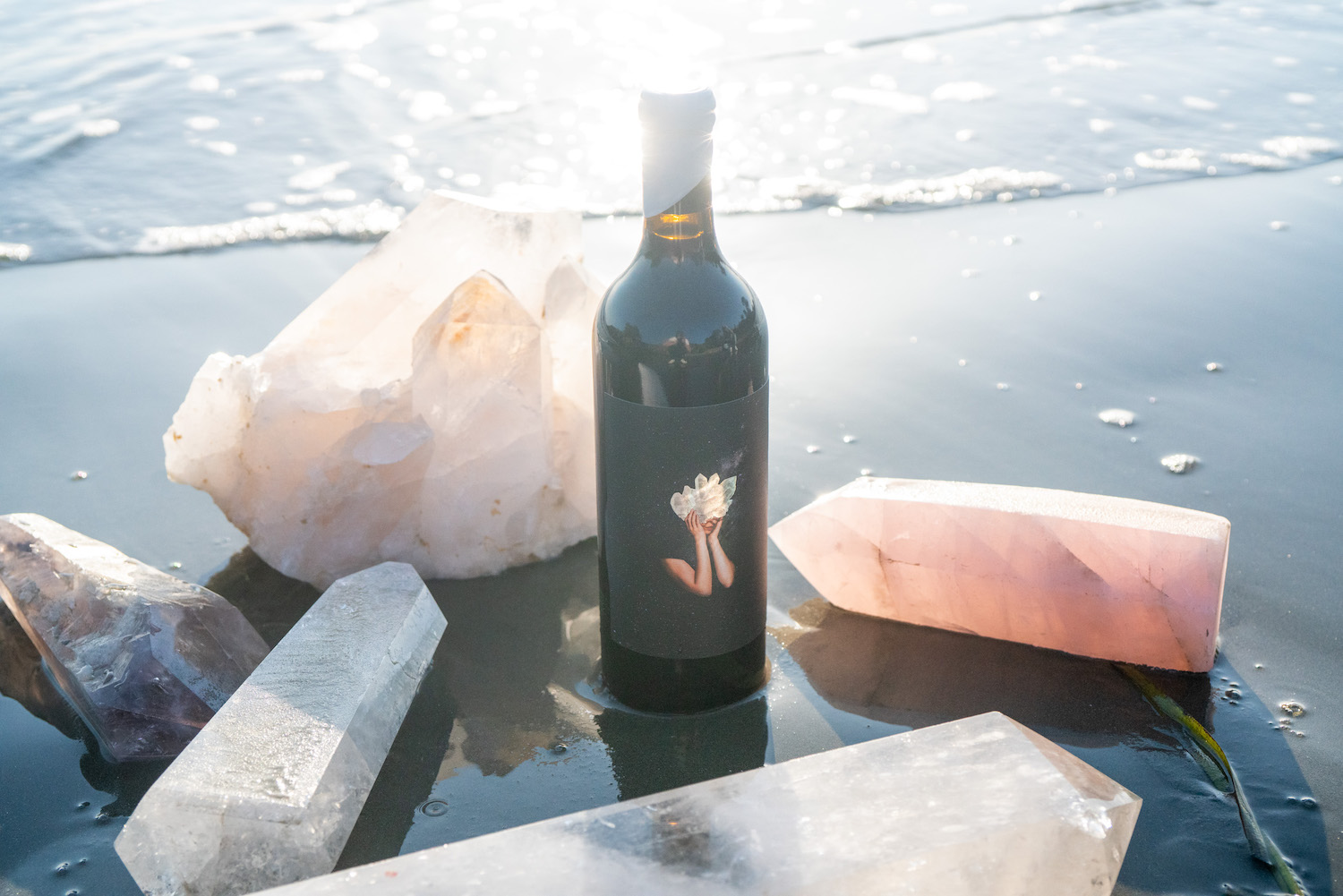
Last October, Tank Garage released their first crystal-fermented wine, Crystal Visions. The process of making the whole-cluster, foot-stomped cabernet sauvignon is relatively hands-off, with no chemical additions. But it was influenced by the quartz crystals that surrounded each barrel — that is, if you believe that the crystals have any sort of influence. When I tasted the wine last fall, its liveliness was undeniable. A lot of California cabernets tend to be big, oaky and jammy. But this one was full of fresh berries and had a bit of smoky minerality. I’ll admit it: the experience of drinking a glass of this crystal-fermented wine revived me, although I don’t know if it was the crystals’ doing or the atypical nature of the wine that had awakened my senses.
It’s unclear whether there is any evidence that supports crystals having an impact on a wine’s flavors, aromas, texture or ageability. And a wine’s frequencies and vibrancy are not the easiest qualities to test in a lab. When I asked Kathleen Arnink — a lecturer in the Cornell University Enology and Viticulture program — what she thought of crystal fermentation in winemaking, she admitted she’d never heard of such a thing. “I don’t believe there are any scientific studies on that,” she said.
But that hasn’t stopped these California wineries from believing in the process. “If you’re putting integrity, your own personal heart and soul behind the line, you’re going to be able to gather that regardless if there are crystals or not,” Ruppert says. “But crystals are amplifiers, and I think that there’s really something to it.”
For Feuchuk, it all comes down to the consumer’s opinion. “We want to leave it to the wine drinkers to decide for themselves how crystals have added to the experience,” he says. “I know that sounds a bit woo-woo, but hey, that’s crystal fermentation for you.”
Join America's Fastest Growing Spirits Newsletter THE SPILL. Unlock all the reviews, recipes and revelry — and get 15% off award-winning La Tierra de Acre Mezcal.
